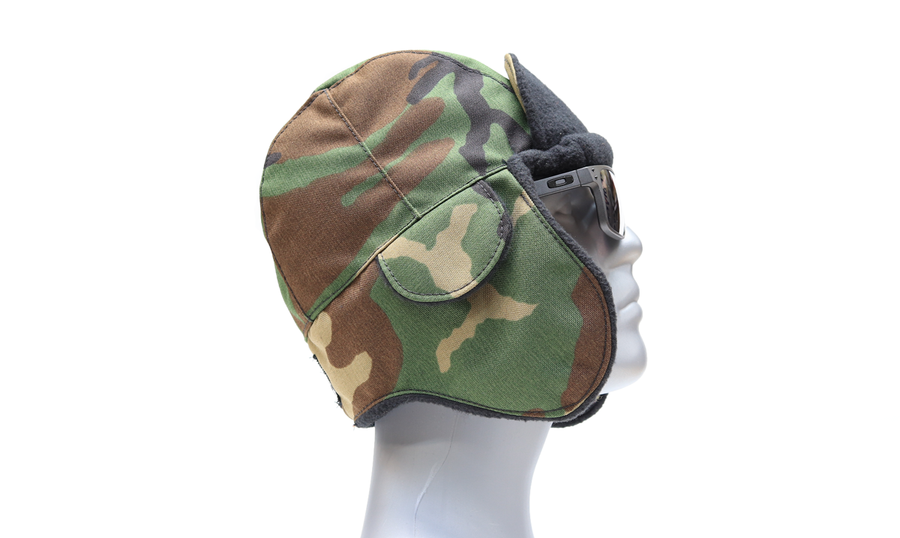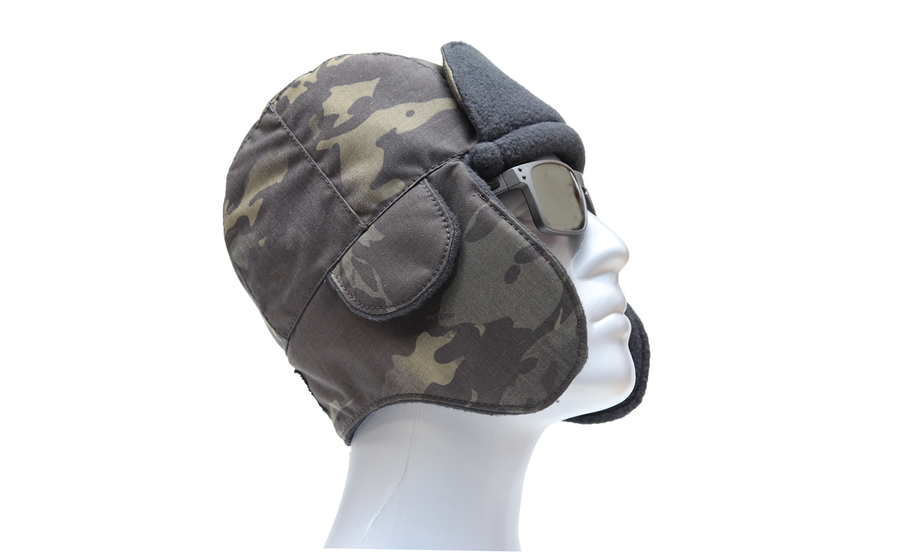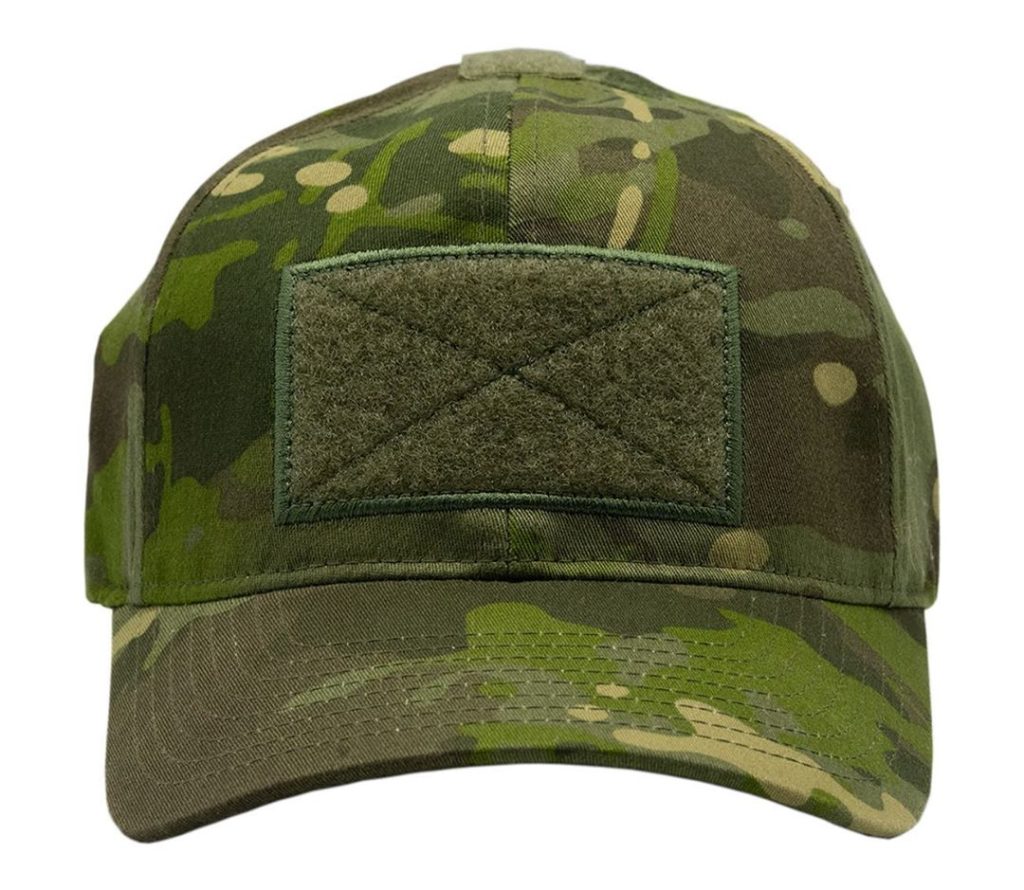What if there was one piece of gear that could serve as a scarf, a knit hat, a gaiter, a pot cozy, a handkerchief, a sleep hat and more? What if it also weighed very little and folded almost completely flat? Well, such an item exists. It’s called a Buff and it’s as amazing as it sounds.
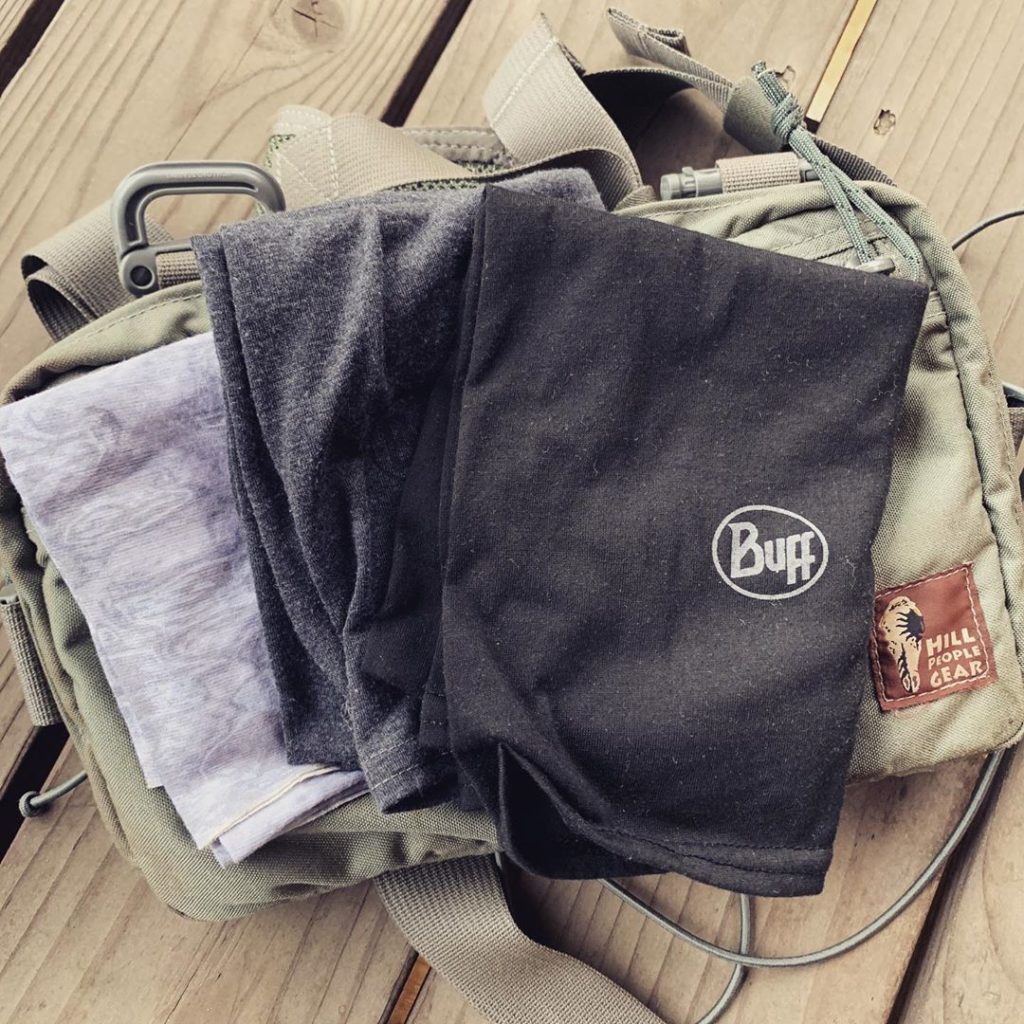
What Is It?
It’s simple – really, really simple. A Buff is basically just a fabric tube. It is usually made from a material with some stretch like Merino Wool, polyester, and synthetic fleece. The tube shape is the key to its versatility.
Original Buff is, as far as I can tell, the originator of the Buff. The name “Buff” is a brand name but it has become somewhat of a genericized trademark that refers to similar headwraps from other manufacturers. My first experience with something similar was the Spec Ops Brand Recon Wrap about 15 years ago. Mil-Spec Monkey, OR, and others all make versions of this useful item. Now I own several including some from Original Buff which I prefer.
What’s the Big Deal?
The Buff’s versatility is off the charts and if you enjoy spending time outside, you’ll likely never stop finding uses for them. They are an incredible addition to a cold-weather EDC. I don’t leave home without one when the temperatures start dropping and I camp/hike with one year-round.
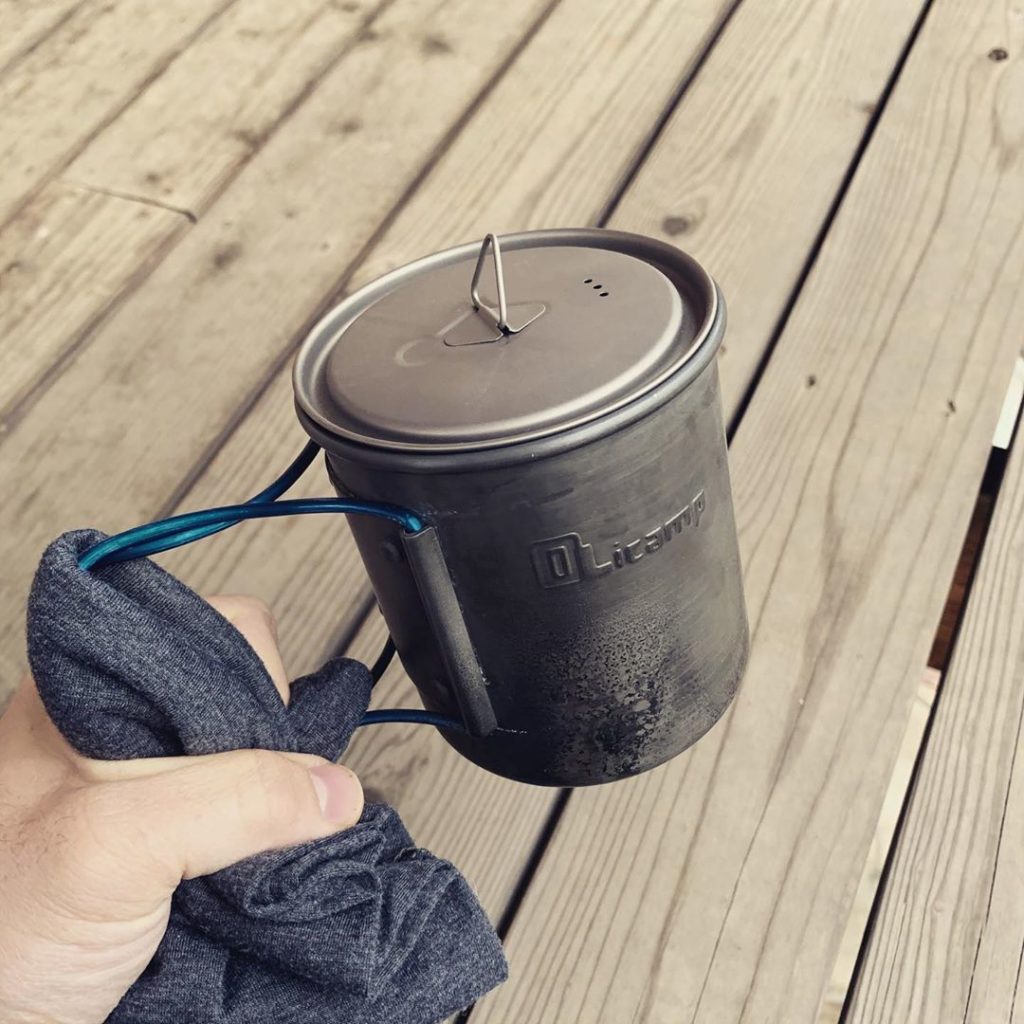
Here are some of the ways I have used mine:
- knit cap (great for cool summer nights above treeline)
- sun protection
- sweatband
- ear warmer
- helmet liner
- pot cozy/holder (great for insulating rehydrating camp meals or holding hot pot handles as long as you have a non-melting material)
- scarf
- gaiter
- balaclava
- handkerchief
- hand towel
- pillowcase (wrapped around a stuff sack that was stuffed with clothes)
- More ways to wear a buff…
My first Buffs were all made from synthetic materials. They were fairly thin and served me well in all 4 seasons. However, last year a friend mentioned that Buff Headwear now offered 100% Merino Wool Buffs which opened up a whole new world of functionality since Merino won’t melt. I am more comfortable using the wool version handling hot pots in camp. It also seems to stave off stink longer than the polyester versions. If I could only have one, it would be one of the lightweight Merino Wool Buffs.
My Buff is usually working for me even when I am not wearing one. I typically fold one flat and tuck it into the front pocket of my Hill People Gear Kit Bag to pad items like my compass and phone. This protects my gear just a bit and keeps the Buff in an easy to access location.
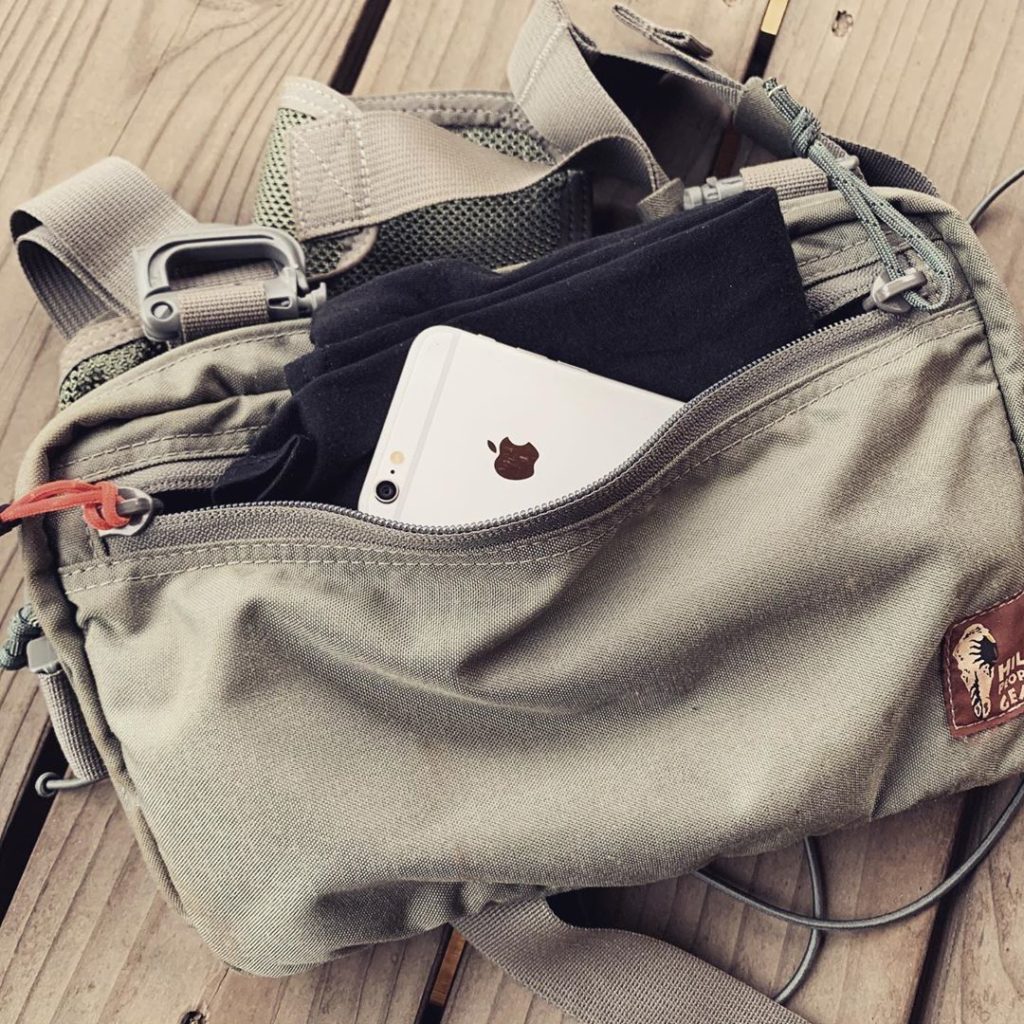
Wrap Up
Buffs are as multifunctional as a Swiss Army Knife and useful in all 4 seasons. They are one of my all-time favorite pieces of gear.
You may have a source for them locally so check your local outdoor stores. I have a local source but they don’t carry the Merino Wool versions that I prefer so I have purchased mine on Amazon.


